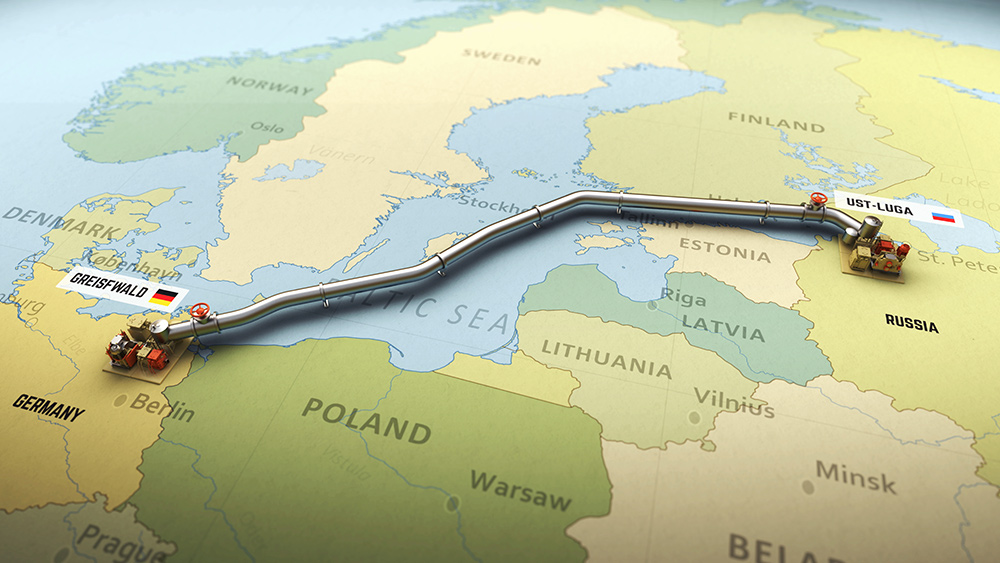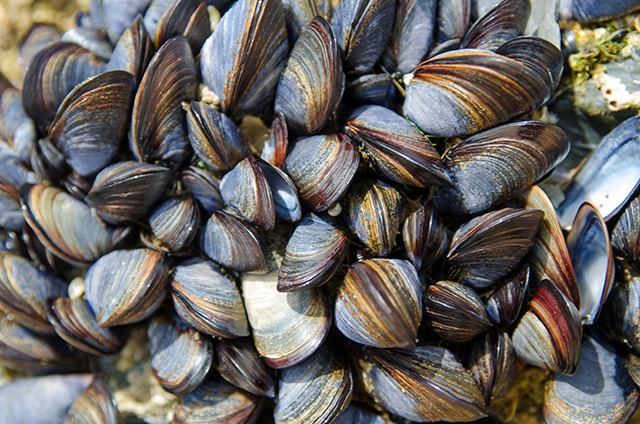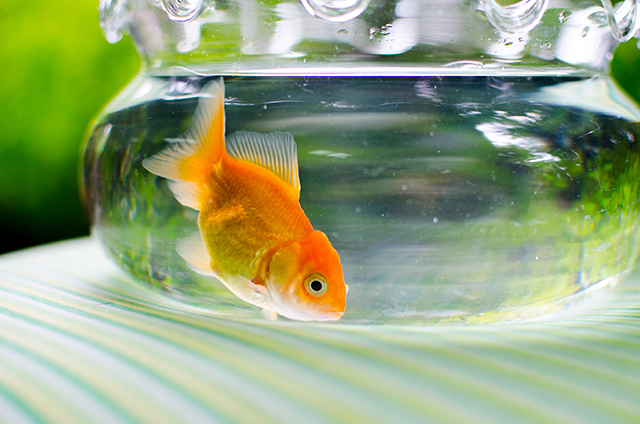
Researchers at DTU Aqua, the University of Copenhagen, and GEOMAR in Kiel analyzed the level of microplastics in fish and water samples from the Baltic Sea, with samples taken between 1978 and 2015. Sabrina Beer, a master student at the University of Copenhagen's Biological Section at the time, developed the idea together with DTU Aqua. Beer dissected a total of 814 herring and sprat, and quantified the levels of microplastics in the stomach and intestines. The findings revealed that about one in five fish contained microplastics, primarily plastic fibers from clothing carried into the marine environment with discharged washing water. The researchers assumed that the plastic passed undigested through the fish within 24 hours. (Related: Is your washing machine contributing to the 'microplastic' pollution problem in the world's oceans?)
However, the quantity of microplastics in the water samples was not overwhelming. Only 0.3 microplastic fibers (larger than 0.1 mm) were present in one cubic meter of water from the Baltic Sea; a figure which has been constant over the last 30 years.
“The result is surprising. There is the same amount of plastic in both the water and the fish when you go back 30 years,” according to Professor Torkel Gissel Nielsen from DTU Aqua.
Where does it all go?
This is the first time that these levels have been studied over a long period of time. Previous assumptions taught us that plastic took centuries to break down, and that more plastic is being produced than ever before – about four to 12 million metric tons in 2010 alone, or about 1.5 to 4.5 percent of the world’s total plastic production each year. The study raises questions such as whether the plastic sinks to the seafloor; if organisms are breaking them down; or if they being swept away by currents.
“It is important to focus on the fact that microplastics do not belong in the sea, and we still need to reduce their spreading so they do not end up in the aquatic environment and the food chain,” said Beer.
Despite this, the presence of microplastics in the seas still warrant greater focus from researchers, added Beer. The research could be a precursor to further studies about the significance of microplastics and levels of microplastics from the air to the seabed.
Microplastics for one are able to attract other toxic substances such as oil chemicals, brominated flame retardants, and phthalates that can bind with plastic. Further studies are needed to determine if these substances are absorbed by fish or expelled as waste into the environment, according to the researchers.
Read more about the profound effects of human civilization on these ecosystems at Ecology.news.
Sources include:
Please contact us for more information.




















